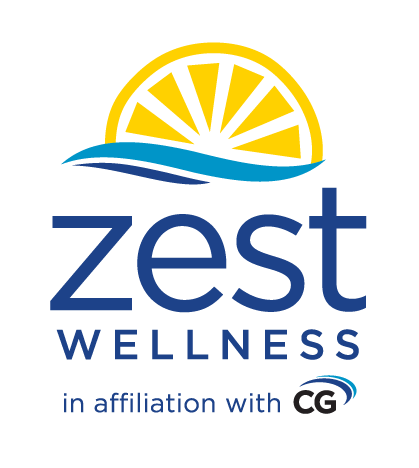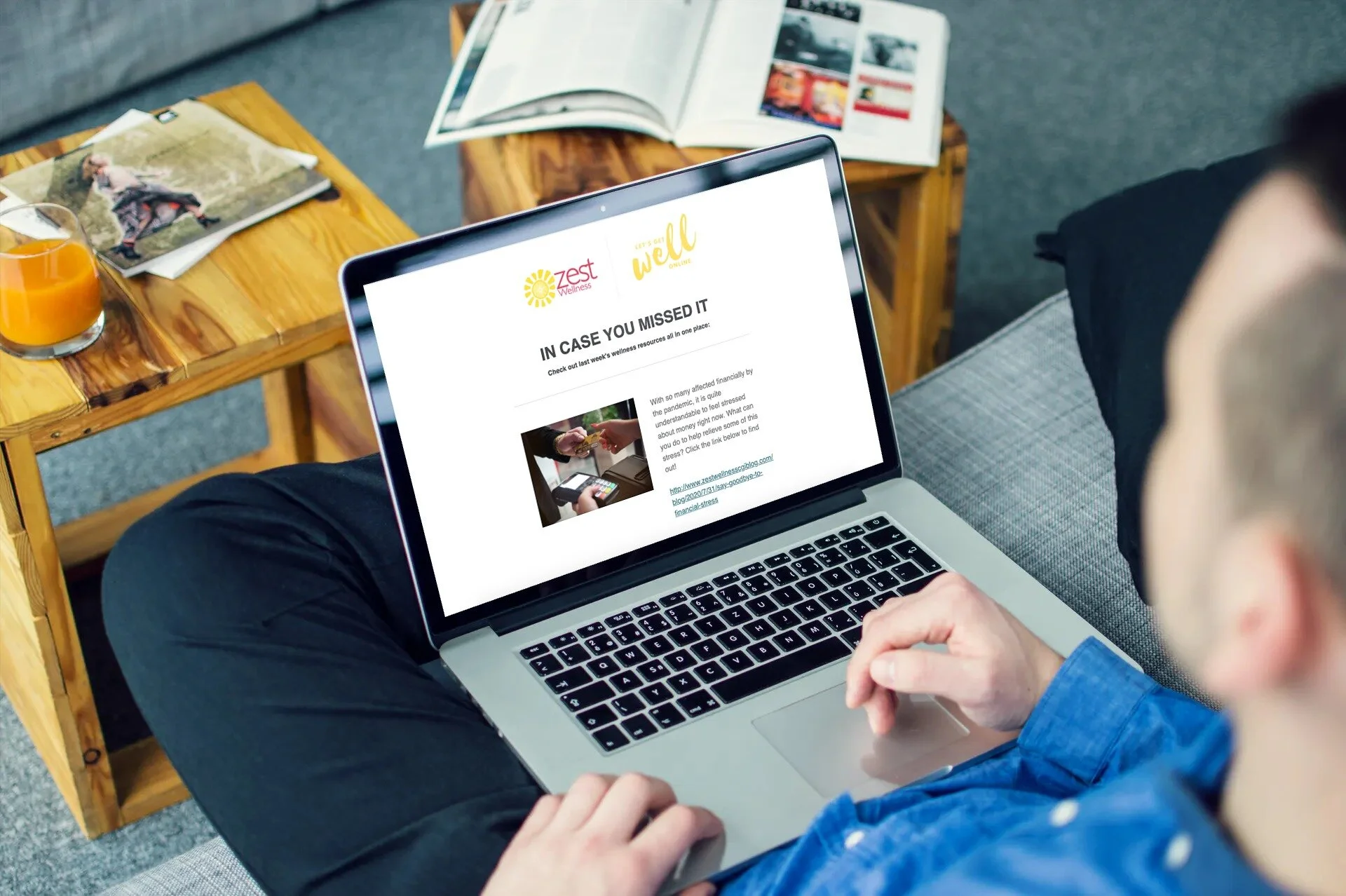5 Methods for Healthier Meetings
Does the stress of a workday influence your healthy habits? What if the way we structure work meetings could support the health of employees?
Could there be methods used during a meeting to still do good work, but while minimizing employee anxiety? Preventing a state of overwhelm? Instill a feeling of belonging? And even support healthy habits? We think so, and welcome to this blog post, 5 Methods for Healthy Meetings: A Resilient and Energized Employee is a Productive and Supportive Employee.
The workplace is a common setting in our lives, where one-third of our waking hours can be spent. In the case of virtual work, where one-third of our time can be dedicated.
A means to health in the workplace can be through meetings, and we can certainly have healthy meetings.
The 5 methods for healthy meetings shared in this blog post are not meant to replace the ‘what’ or content within meetings, but rather, to create an environment [around meetings] with the integration of micro healthy habits, which happen to complement employee resiliency and energy levels. Our assumption, and an assumption we are confident to have, is the ability for resilient and energized employees to be productive and supportive employees; also said as physically and emotionally healthy employees are high performing employees.
Healthy meetings can incorporate 5 methods: creating safety (1), being present in the moment (2), using project management principles (3), incorporating micro healthy habits for the human body itself (4), and being aware of the nature of human beings (5).
Creating Safety
Creating safety in the workplace can not only be done through traditional occupational health and safety practices but also through the concept of psychological safety – many times, the invisible. Psychological safety is defined as the absence of harm and/or threat of harm to mental well-being that an employee might experience (source: Guarding Minds at Work). This can be aided through the culture of a workplace, in which psychological safety is parallel to building a culture of care for employee well-being.
For meetings where psychological safety is present, these are meetings worth everyone’s time because the contribution from multiple employees occurs, diverse perspectives are brought up, and there is no fear for disrespect or workplace bullying.
When we can be ourselves in meetings and know others have our back, utmost support, meetings serve as an energy boost and a source of fulfillment for contributing to something bigger than ourselves.
Through a practical lens, psychological safety can be achieved in the workplace through avoiding blame, encouraging input, sharing a common vision, practicing transparency with regards to information, making space for innovation, and supplying opportunities for employees to develop emotional intelligence.
To think about psychological safety at your workplace and during your meetings, ask yourself, do team members feel safe to take risks and be vulnerable in front of each other?
Being Present
Being present is about bringing ourselves into the current moment. Our body might be in a meeting, but is our mind? It isn’t automatic that we are always aware of where we are and what we’re doing, and what’s unfolding around us. Especially in the modern world where technology and advertising are pulling our attention and intentions in different directions, and doing so continually.
When our mind is at the moment and therefore in the meeting, we are able to bring our best selves to the meeting.
A method for being present in the moment is through practicing mindfulness exercises. Mindfulness exercises can include self-reflection, in that of asking questions and reminding ourselves of what the purpose is at the current moment. “Who are we helping?” “What has been completed so far?” “What are the current, and upcoming, challenges?”
When we can obtain more control of ourselves and the situation, through being present in the moment, our actions can most of all be the right actions for the right reasons. If we are not present in the moment and mindful of the situation, we may be solving the wrong problem through inaccurate judgments, or moving forward too quickly without a proper understanding.
Examples of further techniques for mindfulness may include meditation (including the body scan meditation), behavior nudges such as healthy reminders and routines before and during meetings, and the neat concept of meta-awareness which includes reflecting on your current moment from a high-level perspective, like from a helicopter or mountain-top!
Project Management Principles
With your work, how often is it that you understand and know what is to be done, but how to go about it, is causing the stress, and leading to the meetings at work being inefficient and in and of themselves a source of stress? Excessive stress is exactly what we do not want, as stress hormones tighten blood vessels and weaken our immune system, among other negative health effects. Stress also impacts our ability and motivation to engage with healthy habits. I don’t know about you, but for many of us, we don’t feel like eating healthy or being physically active when we are stressed!
How we organize the work and meetings matters and can be implicated with employee overwhelm anxiety and a sense of belonging – or not. When we manage projects at work, by making the most of the following approaches, we may do what we can to reduce employee stress – and make sure most of all work is still done. Approaches can include being clear with employee roles and expectations for projects to reduce uncertainty and ambiguity. Meetings can utilize a ‘Definition of Done’ for projects so that employees know what they are striving towards, and what the level of satisfaction for doing a good job looks like. Otherwise, we may be running in circles when we don’t have to. Balancing timelines with projects and work-life balance takes into account external factors in an employee’s life, factors meaningful to employees, for example, their family matters. Lastly, ensuring employees have the ability to ask for help and know how to go about extra support is often overlooked as sometimes, we may simply not know an employee is overwhelmed or approaching burnout. If an employee has a straightforward and non-threatening way to disclose overwhelm or approaching burnout, other employees know exactly when and how to help and be supportive.
The Human Body
When we may feel pain or have a bodily ailment, this may affect our concentration and ability to do good work.
Bringing our attention to what we may be able to appropriately do during meetings, to complement our health, can serve as micro healthy habits. Even though micro, small healthy habits done consistently over time can have a significant [and positive] impact.
During meetings, a stretch break may be used, or on a smaller scale, a posture-check. Cue in the ergonomic practices for musculoskeletal health! Other micro healthy habits to appropriately do during meetings may include standing when possible to minimize sedentary activity, having walking meetings, including healthy choices if there is food catering for a meeting, having water nearby during a meeting for hydration, practicing better breathing techniques during meetings such as deep breathing and breathing through the nose, and having self-care reminders for employees before or after meetings such as reminders for gratitude and making time for social connections.
For an additional resource to help build healthy habits, even micro ones as mentioned, you may be eligible to enroll in the CG Zest Wellness platform, powered by Virgin Pulse. Shown below is a sneak peek of the healthy habit selection, organized by the three thrive areas (energy, focus, and drive) for the tracking aspect of the platform. To enroll, the link is http://joinzestwellness.com/.
The Nature of Human Beings
An aspect of being healthy is being effective. Remember the definition from the World Health Organization (WHO) for the term “health”?
Health is a state of complete physical, mental, and social well-being and not merely the absence of disease or infirmity.
What being effective can translate into for meetings and performance in the workplace is employees following through on commitments and accountability, embracing new challenges for problem-solving, teamwork in the sense of active listening and seeing another employee’s point of view, and comprehensive goal setting.
When going about meetings and helping employees to be effective, we can be aware of the nature of human beings in that each person, and therefore each employee, may have a different learning style (such as auditory, kinesthetic, or visual), a spectrum of personalities (the five big personality traits are illustrated below by Myers-Briggs Type Indicator test), human beings have a limited cognitive capacity in regards to the human brain and is expressed through examples of limitations in memory, multitasking, and attention spans; as well as the existence of bias and heuristics (confirmation bias, the bandwagon effect, halo effect, etc.).
Confirmation bias – Confirmation bias is the tendency to search for, interpret, favor, and recall information in a way that confirms or supports one's prior beliefs or values.
Bandwagon effect – The bandwagon effect is the tendency of an individual to acquire a particular style, behavior, or attitude because everyone else is doing it.
Halo effect – Halo effect is the tendency for positive impressions of a person, company, brand, or product in one area to positively influence one's opinion or feelings in other areas.
All to say, we have limits and an array of human characteristics, but we can still work effectively and efficiently by being aware of the nature of human beings. As with many things, we may be in the same storm, but we are not in the same boat. Each person is different, and human beings are unique. Being aware of this is a method for healthy meetings.
The 5 methods shared in this blog post serve to make meetings, and employees, healthy. When we can spend the majority of our time in the workplace, on average one-third of our time, this presents a strategic opportunity to help support and cause no harm to employee health. Let’s not overhaul meetings and at all times still keep business needs at the top of the agenda, but acknowledge we can certainly create an environment around meetings and incorporate micro healthy habits to give a healthy mind a healthy body to live in and minimize unnecessary and excessive stress for employees.








